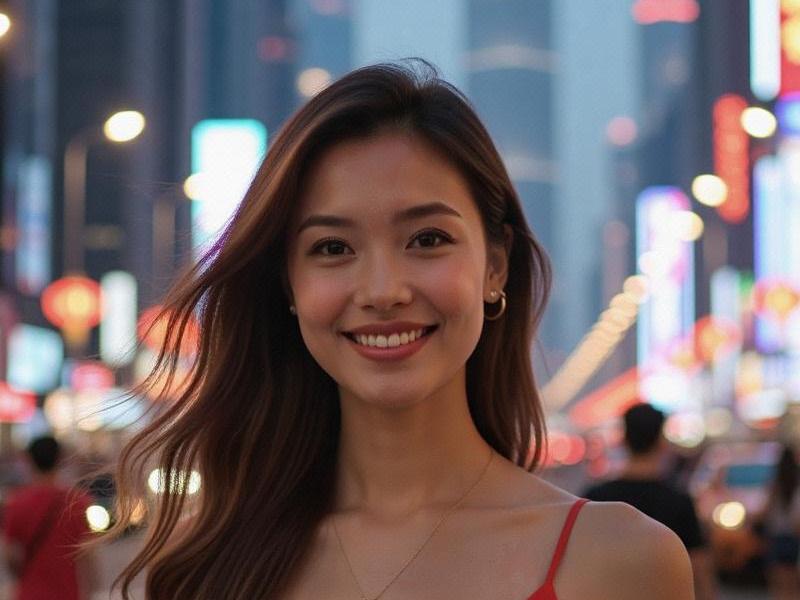This 2,800-word investigative feature examines how the concept of "Shanghai beauty" has evolved from 1920s socialites to today's tech-savvy professionals, revealing deeper cultural transformations.

The Making of a Cultural Icon
The "Shanghai beauty" archetype first emerged in the 1920s treaty port era, when Western-educated "Modern Girls" blended qipao silhouettes with flapper hairstyles. This early fusion of East-West aesthetics established Shanghai women as China's style vanguards.
Four Generations of Evolution
1. The Golden Age (1920s-1940s):
- Calendar girls and singing stars like Zhou Xuan
- First wave of female entrepreneurs
- Bilingual sophistication as status symbol
2. The Socialist Era (1950s-1970s):
- Blue-uniformed factory workers
- Gender equality in labor participation
- Suppression of bourgeois aesthetics
3. Reform Period (1980s-1990s):
- Re-emergence of fashion consciousness
- First generation of businesswomen
- Cosmetic industry revival
上海神女论坛
4. Digital Age (2000s-present):
- Tech startup founders
- Social media influencers
- Sustainable luxury consumers
The Contemporary Landscape
Modern Shanghai women navigate complex dualities:
- 68% hold university degrees (national average: 42%)
- Average marriage age: 30.4 (up from 24.1 in 1990)
- 39% of senior management positions held by women
- 73% contribute over 50% of household income
Fashion as Cultural Statement
Shanghai's distinctive style signatures:
- Daywear: Tailored separates with art deco accents
- Evening: Modern qipao reinvented with tech fabrics
爱上海419论坛 - Accessories: Heirloom jade meets smart jewelry
- Beauty: "No-makeup" makeup with skincare focus
Economic Power Players
- Control 62% of household luxury spending
- Drive 78% of education investment decisions
- Represent 43% of angel investors in tech sector
- Dominate Shanghai's creative industries
The Pressure Paradox
Conflicting social expectations:
- Career ambition vs traditional wife roles
- Aging anxieties in youth-obsessed culture
- "Leftover women" stigma despite professional success
- Parenting pressures amid record-low birth rates
Cultural Representation
上海龙凤419是哪里的
Analysis of media portrayals:
- TV dramas' evolving female archetypes
- Literature's "Shanghai woman" tropes
- Western media's Orientalist lens
- Self-representation on Xiaohongshu/Douyin
Future Trajectories
Emerging trends reshaping the archetype:
- "Silver Divorce" phenomenon among retirees
- Conscious singlehood movements
- Matriarchal family structures
- Post-pandemic work-life reevaluation
As cultural historian Dr. Lin Yifei observes: "The Shanghai woman has always been China's most potent symbol of modernity in feminine form - not because she rejects tradition, but because she selectively reinvents it."
This complex portrait reveals how Shanghai women continue to negotiate personal aspirations with social expectations, crafting new models of Chinese femininity for the 21st century.